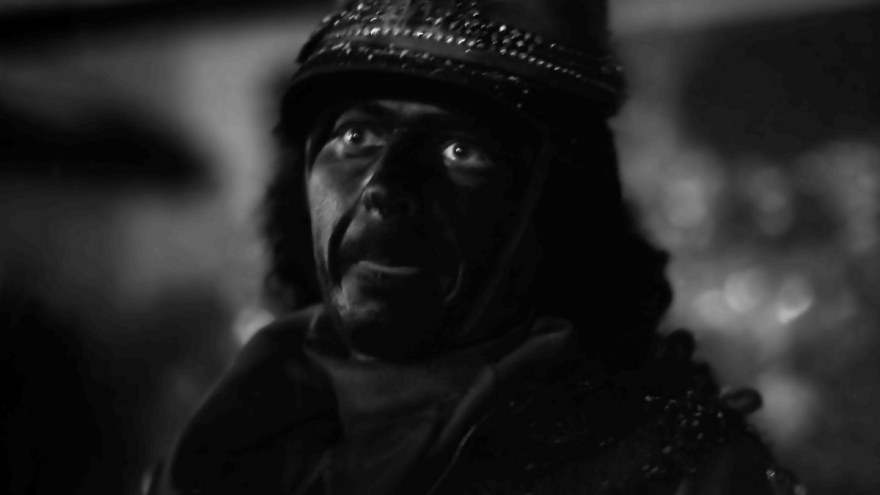Night cap with Malanka
Interview with Paul-Louis Léger and Pascal Messaoudi, co-directors of Malanka
How did you learn about the Malanka celebration?
Our initial idea was sparked by the photographs that the Austrian missionary Martin Gusinde took of the tribes of Tierra del Fuego in the 1920s: how man, when he dedicates himself to rituals, becomes even stranger than an extra-terrestrial. We also consulted Charles Fréger’s book Wilder Mann, with its wide-ranging research on pagan rituals still practiced in Europe!
Were you specifically interested in the situation of this community that is not defined by geographical territory or ethnic origins, or are you interested in the possibility of filming these types of rituals in other communities?
The geographical confusion in that part of Ukraine, on the border with Romania, and the resulting historical and political conditions only became apparent to us during shooting. The Ukranians from Kiev who came with us were just as surprised! Our short film was conceived as the first in a series of six episodes on European rituals: Cascamorras in Spain, Ottana in Italy, Vevčani in Macedonia, Lazarim in Portugal… But we’re still trying to get the funding!
Why were you interested in describing this ritual? Did you conduct research on other ceremonies centered on bears (among the Sioux, the Ainus or the Saami, for example)?
Initially, what interested us was the relationship people still sometimes have with the sacred, with the imaginary. What does this real or perceived uniformity across different European countries offer in terms of a way out for belief in the immaterial? Next, we concentrated specifically on European rituals. But even then, Bears turn up frequently: in Romania, just on the other side of the border, but also in the Pyrenees with the Cacera de l’Ós, and so on.
What interested you in working with surrealistic images that you slowed down to the point that they became deformed?
During filming, we established a system that allowed us this direction: as a radio producer, Pascal took care of the sound, while Paul-Louis, a photographer, took care of the images. We then teamed up in post-production. The fact that the narration is truly guided by the sound allows greater freedom for the images.
Why did you want to use black and white?
We chose black and white for two reasons: first in terms of the series, in order to lend visual coherence to the whole. Then to play with the idea of “filmed photography” that we create with the extreme slow-motion. The technique, which lies between photography (a still moment) and cinema (the moment in movement), brings the viewer into a new documentary dimension. There’s also the timeless aspect of the story we’re telling… Perhaps the black and white reminds us that nothing is truly real.
Have you discovered any advantages that the short film form provides?
Initially, we had a narrative and artistic framework that we wanted to slip into, and we could have let ourselves be guided by the different contributors to establish the narrative. At the same time, even though we could have tested our system ofsound & image on very short formats, we undertook the ordeal of the real on a longer format. That guaranteed that… we want to do others!









